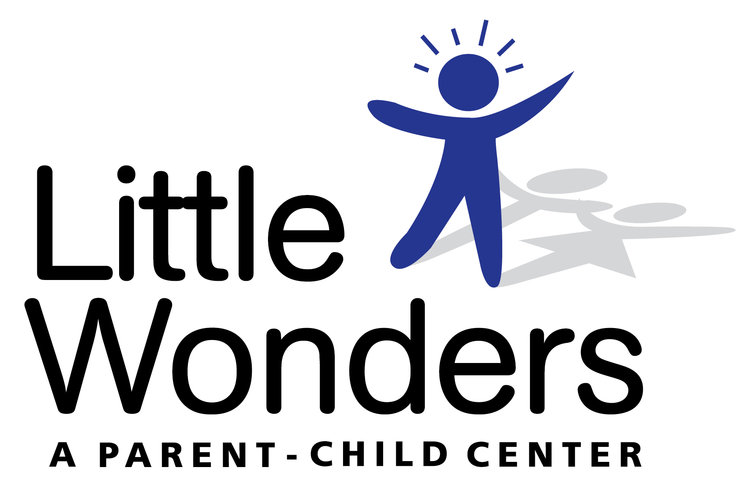By Jill Kolongowski
I’m getting ready to leave the house to run an errand, and I tell my 20-month-old daughter I’m leaving and ask if she wants to say goodbye. Instead of a hug, or a kiss, or tears, she comes running at me with her fist extended: she wants to give me a fist bump.
Our daughter has never been a cuddler, but she’s always been affectionate in other ways: she loves hugging her animals, herself, (and her water bottle or her snack), and asks for kisses before bed. She blows kisses to birds outside, and wants to kiss Elmo on the TV. As we recover from the sleep mess of Daylight Savings, I’m thinking about the ways spring can feel like a new season, a starting over, a renewal. This spring season, I’m thinking about how we can teach our kids new ways to show love to others, whether physically, or with words, or even with our actions. For my father, not the most physically affectionate dad, he still sends me chocolates shipped across the country from our favorite local place in the Midwest, even now that I’m almost 35.
Traditionally, kids have often been expected to hug grandpa, or give a kiss goodbye as a requirement. Instead, for teaching our kids about alternate physical ways to show love, I love seeing viral videos like this one, about preschool and elementary teachers giving their students options for how to say hello (hug, high five, or a dance). There is no pressure for any one option, and all ways of showing affection are valid. This also gives kids a little bit of control, which is so important in a world where they rarely have it.
For our daughter, when we greet people, we ask her if she wants to say hi or bye, and whether she wants to use her words, a wave, a fist bump, or a hug or a kiss. She almost always chooses one, but we also tell her it’s okay to not say hi. Even this early, we want her to know that it is her choice how she wants to show love, and, equally as important, how she doesn’t. We want to teach her that she should have control over how her body interacts with others (though of course, we hope she never stops running up to us with her lips pursed for a smooch!).
Similarly, it’s important to my husband and me that our daughter see the two of us being physically affectionate with each other! Neither of us saw much parental affection in our own homes, so we want our daughter to see what a loving relationship can look like (though of course, there are many ways to show affection!). We often point out when one of us is doing something kind for the other (look! Daddy is cooking dinner for us. Daddy loves us so much! Mommy brought you your favorite book for bedtime—thank you, Mom!). We hope to show her that love can come in many forms—a hug, a kiss, a laugh, or cooking a meal. A bonus, for a new season of marriage: this is a great opportunity for my husband and I to feel physically close, as is harder to come by with a busy toddler! A hug in the middle of the day is wonderful for both my daughter and for me.
Because last month was also Black History Month, we’re teaching our daughter that showing love for others can also look like attention. We can start by showing love for our communities by learning about them. Here’s a wonderful round-up of books for Black History Month for 3, 4, and 5-year-olds, (from the excellent Instagram account HereWeeRead including books about Black joy! And here’s a fun bingo card to accompany your reading. We can show our kids that spending time with the voice of others, that giving attention and listening are ways we can show love too, even if the official “month” has ended!
As the flowers start to bloom, we can look toward a renewal in the ways that we teach our kids about love. Whether it’s flowers, a fist bump, or a blown kiss, we can give them plenty of ways to show and receive love in ways that feel best for them!

